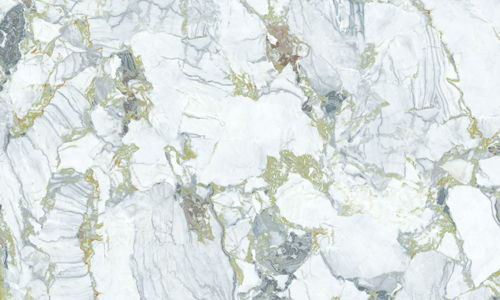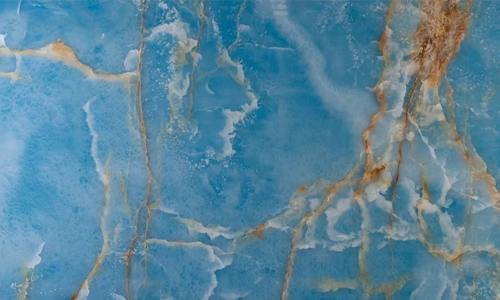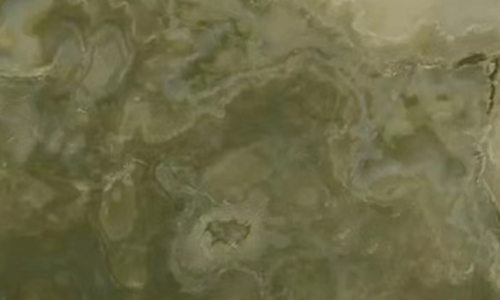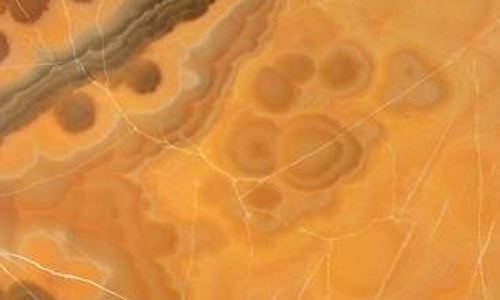The use of stone lanterns in the decoration of Japanese gardens and courtyards began in the late 16th century during the Ashto Momoyama period. At that time, due to the tea ceremony exhibition, stone lanterns were often used as an open-air decoration in the tea room and widely entered the courtyard decoration.
There are several basic components in the earliest stone lanterns:
1. Baoding: Japanese called Baozhu (pseudo-Baozhu), the onion on the top of the stone lantern building.
2. Top of the building: The Japanese name "bona", the roof part of the stone lantern room. Hexagonal, quadrilateral as the mainstream, but there are also round "snow see type". The polygon line extends out from the lower part of the pearl, and the most prominent end is called "fern hand".
3. Lamp room: called "fire bag" in Japanese, the main body of the stone lantern, some decorative stone lantern lamp rooms never ignite.
4. Building body: Japanese called "middle", the lowest part of the stone lantern lamp room, usually has rosettes and other decorations.
5. Pole: The long pillar at the lower part of the stone lantern building. Snow view stone lantern will omit this part. It is usually a cylinder, but also has four, six, and octahedron. There may be knot ornaments, but also figures, animals.
6. Foundation: The lowest part of the stone lantern. Hexagons and circles are the mainstream, and there are also auspicious animal shapes as the base.
The above is the basic structure of early stone lanterns, and with the development of time, stone lanterns have also evolved into various styles. It is generally divided into: stone lanterns with pedestal, buried stone lanterns, movable stone lanterns, snow stone lanterns, Hui Zhen stone lanterns, wild stone lanterns, etc.
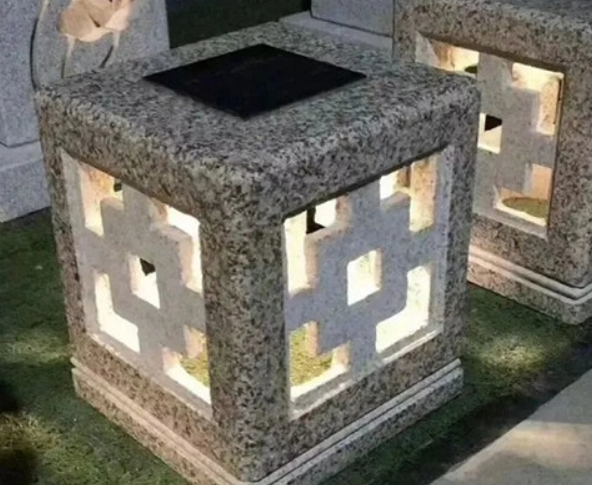
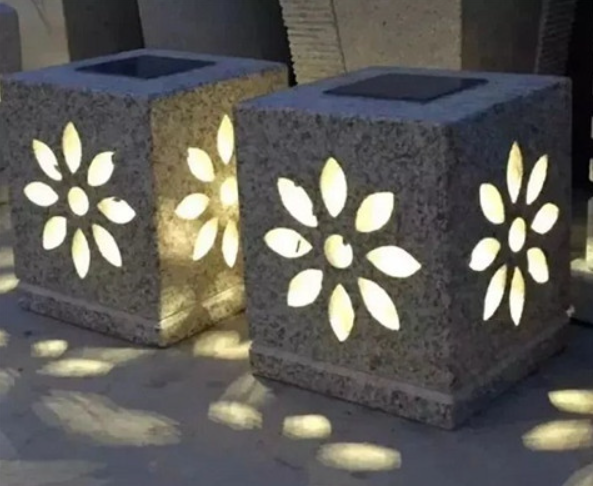
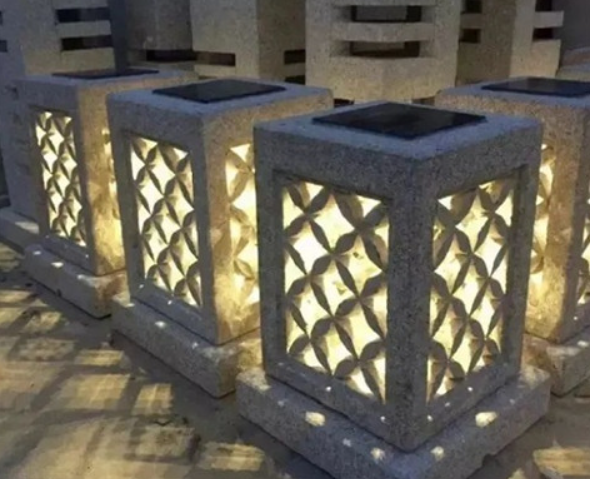
1. Stone lanterns with a base are the most common stone lanterns, with a base and a carved flower on the hat, and there are many categories under it.
2. Buried stone lanterns are stone lanterns without a base, that is, stone lanterns without a base and directly inserted into the earth, generally the following categories.
3. Movable stone lanterns can also be called stone lanterns, there is no pole and foundation, although it can be placed on the ground, but it is difficult to fix. These include the small three-light stone lantern, "three light" refers to its fire bag light outlet, which usually simulates the shape of the sun, moon and star. Three-light stone lanterns are often placed near the water, and are also seen in the GUI Ligong.
4. Snow see stone lantern has no pole and middle platform so it is very low. Mainly used to illuminate the water, the common three-legged stone lantern, one foot on land, the other two feet in the water, there are also four-legged stone lanterns.
5. Hui Zhen stone lanterns are two feet, mostly placed near the water, one foot on the land, the other foot in the water.
6. Wild stone lanterns refer to stone lanterns made of unpolished rough stones.
The earliest prototype of the stone lantern is the lamp for the Buddha in ancient China, that is, the form of the lamp, which indicates the meaning of "vertical light". Stone lanterns are often used as garden and courtyard decoration, stone lanterns are also a kind of plastic arts, the use of various granite stone to create a certain space of visible and touchable stone art.
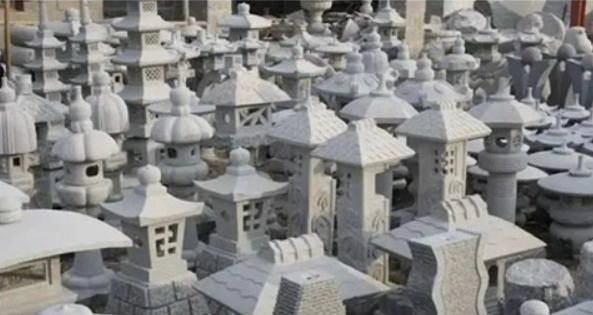
The development of stone lanterns
1. North Korea
During The Three Kingdoms period, stone lanterns were introduced to the Korean Peninsula from China. Stone lanterns on the Korean Peninsula were first seen at Mirek Temple in Mount Iksan, Baekje.
2. Vietnam
Vietnamese stone lanterns are found in Chinese Buddhist monasteries and large temples.
3. Japan
Japanese stone lanterns were introduced from China through the Korean Peninsula in the Tang Dynasty. The stone lantern system has been enriched and perfected in Japan, and there is a complete system.
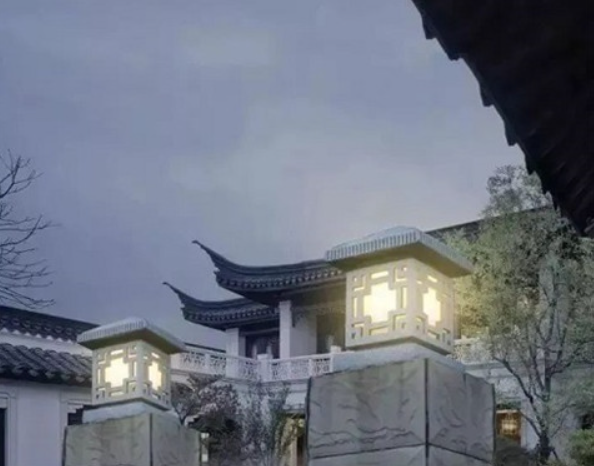
The above is the basic structure of early stone lanterns, and with the development of time, stone lanterns have also evolved into various styles.
Now stone lanterns have developed into solar stone lanterns, light control. The chip stores energy, lights up in the dark, goes off naturally during the day, and is replaced naturally throughout the day and night.
Previous stone lanterns are more appeared in temples, courtyards, and modern solar stone lanterns are suitable for a variety of different scenes.
About Us
Jessie
Fortune East Stone
📧 Email: sales08@fortunestone.cn
📞 Phone: +86 15880261993
🌐 Websites: www.festonegallery.com | www.fortuneeaststone.com




